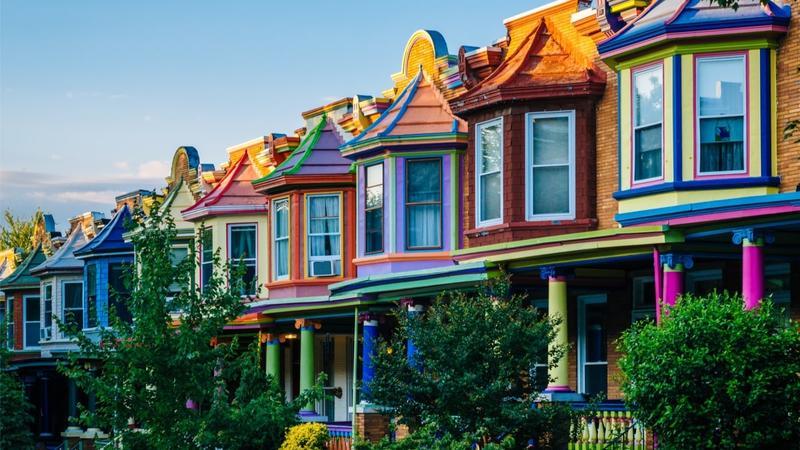PRESS RELEASE: April 24, 2012 - Buying a home is an exciting process, but there is much more to look for in a potential residence than just the number of bedrooms and bathrooms. Smart homebuyers are always on the lookout for potential hazards that could spell problems in the future, whether with the insurance company or as a danger to family and friends. InsuranceHotline.com urges buyers to be aware of some of the common hazards that a home might be hiding.
Buying a dream home is both a stressful and a wonderful experience for most people. Home shopping is an exciting process, and buyers go in with a list of the things they want in their new house. But what about those things that are not wanted? Hazards in and around a home can cause problems with home insurance and present a risk of injury, so be aware of these potential problems when house hunting.
Electrical Issues Can be Fire Hazards
Older homes have character and style, but may also have aging electrical systems that can present a danger. A home with aluminum wiring is at a greater risk for problems, most often in the connections. Although some aluminum wiring systems can be in excellent condition, have them carefully inspected prior to buying.
Knob-and-tube wiring, generally found in pre-World-War-II homes, can also be dangerous and a fire hazard. It is not uncommon for an insurance company to refuse coverage on a home using this type of wiring. In some cases, a licensed electrician can inspect and confirm the safety of the system and this may meet insurance company standards.
Consider Pools Carefully
Most home insurance companies have strict rules regarding insuring homes with pools, whether above or in-ground. Because pools are a danger to children who can fall in and drown, they generally need to be secured and surrounded by a fence of the proper height.
Before purchasing a home that has a pool, be certain to verify that it meets all of the current standards for safety and won’t result in exclusion on the liability portion of the homeowner’s insurance package. "Pools promise summer fun, but they’re one of the top dangers in a home, especially with small children," explains Tammy Ezer of InsuranceHotline.com, "make sure the pool is up to safety standards before you buy."
Check out Those Trees
Large, old trees near a home offer shade and beauty, but in some cases can also represent a danger. Homeowners are responsible for the care of trees on the property and can be held liable if a tree falls and causes damage. Any tree that appears to be in poor health or damaged will give a home insurance inspector pause.
Look for home with trees in good health, and have a certified arborist examine any trees that don’t look right. It’s also a good idea to watch out for trees that are growing too close to the house or have branches touching the roof. Insurance companies often have concerns about potential structural damage, as well as roof damage from trees too close to a home.
Hidden Water Hazards
The pipes in a home are not easily visible, so they should be inspected by a professional to ensure they are in good condition. The sudden discharge of water from a burst pipe can cause thousands of dollars in damage – which is why insurance companies prefer not to cover homes with outdated, dangerous plumbing.
It’s also a good idea to have an inspection done to check for leaks that could already have done damage inside walls and under floors. This damage could cost a lot of money to repair, and it won’t be covered by insurance.
